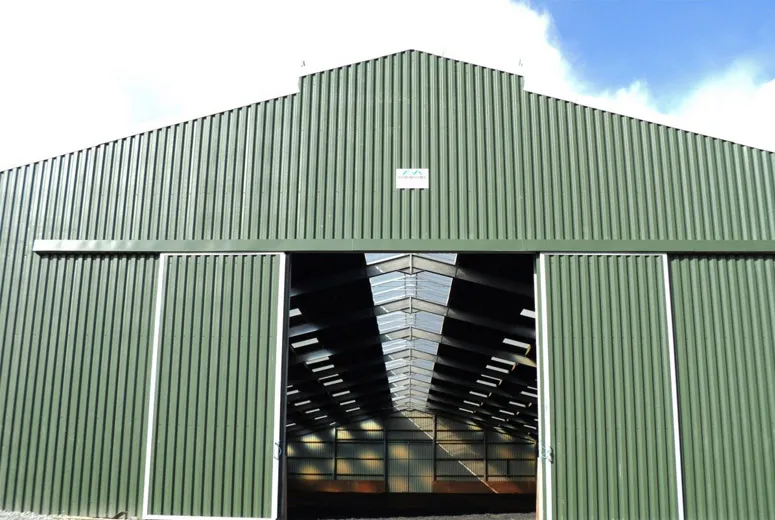- Afrikaans
- Albanian
- Amharic
- Arabic
- Armenian
- Azerbaijani
- Basque
- Belarusian
- Bengali
- Bosnian
- Bulgarian
- Catalan
- Cebuano
- Corsican
- Croatian
- Czech
- Danish
- Dutch
- English
- Esperanto
- Estonian
- Finnish
- French
- Frisian
- Galician
- Georgian
- German
- Greek
- Gujarati
- Haitian Creole
- hausa
- hawaiian
- Hebrew
- Hindi
- Miao
- Hungarian
- Icelandic
- igbo
- Indonesian
- irish
- Italian
- Japanese
- Javanese
- Kannada
- kazakh
- Khmer
- Rwandese
- Korean
- Kurdish
- Kyrgyz
- Lao
- Latin
- Latvian
- Lithuanian
- Luxembourgish
- Macedonian
- Malgashi
- Malay
- Malayalam
- Maltese
- Maori
- Marathi
- Mongolian
- Myanmar
- Nepali
- Norwegian
- Norwegian
- Occitan
- Pashto
- Persian
- Polish
- Portuguese
- Punjabi
- Romanian
- Russian
- Samoan
- Scottish Gaelic
- Serbian
- Sesotho
- Shona
- Sindhi
- Sinhala
- Slovak
- Slovenian
- Somali
- Spanish
- Sundanese
- Swahili
- Swedish
- Tagalog
- Tajik
- Tamil
- Tatar
- Telugu
- Thai
- Turkish
- Turkmen
- Ukrainian
- Urdu
- Uighur
- Uzbek
- Vietnamese
- Welsh
- Bantu
- Yiddish
- Yoruba
- Zulu
Oct . 12, 2024 09:33 Back to list
The Rise of Prefab Warehouse Buildings A Smart Solution for Modern Business Needs
In recent years, the construction industry has witnessed a significant shift towards prefabricated structures, particularly in the realm of commercial buildings. Among these, prefab warehouse buildings have emerged as a popular choice for businesses seeking cost-effective, efficient, and sustainable solutions. As companies navigate an increasingly complex economic landscape, the benefits of prefab warehouses become even more compelling.
Understanding Prefab Warehouse Buildings
Prefab warehouse buildings, or prefabricated warehouses, are constructed off-site in a controlled environment and are then transported to the construction site for assembly. This method of construction contrasts with traditional on-site building methods, where structures are built entirely from the ground up on location. The prefab approach streamlines the building process, allowing for faster construction times and reduced labor costs, making it an attractive option for businesses of all sizes.
Speed and Efficiency
One of the primary advantages of prefab warehouse buildings is the speed at which they can be constructed. Since the components are manufactured simultaneously while site preparation takes place, businesses can minimize downtime and accelerate the time-to-market for their products. This efficiency is particularly beneficial for industries that require quick expansion to meet increasing demand. The production line approach also means that these structures can be constructed to meet specific requirements without significant delays, allowing businesses to adapt quickly to changing market conditions.
Cost-Effectiveness
Cost savings are another critical factor driving the adoption of prefab warehouse buildings. The controlled manufacturing environment of prefabrication reduces waste and optimizes the use of materials, leading to lower overall construction costs. Furthermore, reduced labor requirements and shortened project durations translate to significant savings for businesses. These lower initial costs enable companies to allocate resources more effectively, investing in other essential areas such as technology, staffing, and inventory.
prefab warehouse building

Sustainability Considerations
As environmental concerns become increasingly paramount, businesses are searching for sustainable construction alternatives. Prefab warehouse buildings can contribute to greener practices in several ways. Firstly, the efficiency of the manufacturing process leads to less material waste. Additionally, prefabricated structures often incorporate energy-efficient designs and materials that reduce the building's overall carbon footprint. Many manufacturers are now offering eco-friendly options, such as recycled materials and sustainable resources, enabling companies to align their operations with environmentally responsible practices.
Customization and Flexibility
While prefab warehouses are known for their rapid construction, they also offer a high degree of customization. Businesses can specify various aspects of the design, including layout, size, and material, to suit their unique needs. This flexibility makes prefab buildings ideal for a range of applications, from traditional storage facilities to specialized warehouses that require advanced technology and layout configurations. As businesses grow and their needs change, prefab warehouses can be easily modified or expanded, providing long-term adaptability.
Technological Integration
Modern prefab warehouse buildings are not just structures; they can also be integrated with cutting-edge technology. Smart building solutions, including energy management systems, automation tools, and monitoring technology, can be incorporated into prefabricated designs. These advancements enhance operational efficiency, optimize resource usage, and improve overall productivity. As e-commerce and logistics demands increase, tech-enabled warehouses are becoming a necessity, positioning prefab buildings as a forward-thinking solution for future-ready businesses.
Conclusion
The increasing popularity of prefab warehouse buildings is a testament to the changing needs of modern businesses. With their numerous advantages, including speed, cost-effectiveness, sustainability, customization, and technological integration, they represent an intelligent choice for companies aiming to thrive in a competitive marketplace. As the trend continues, it is clear that prefabricated warehouses will play a crucial role in shaping the future of commercial construction, ensuring businesses are equipped for success in a rapidly evolving landscape. Investing in prefab warehouse buildings is not just a smart financial move; it is a strategic decision that positions businesses for flexibility and growth in an ever-changing world.
-
How Do Prefabricated Steel Structures Transform Modern Construction?
NewsJul.14,2025
-
How Do Prefabricated Metal Buildings Redefine Modern Construction?
NewsJul.14,2025
-
How Do Prefab Insulated Metal Buildings and Steel Structures Revolutionize Modern Construction?
NewsJul.14,2025
-
How Do Pre - Engineered Steel Structures Redefine Modern Construction?
NewsJul.14,2025
-
Advancing Modular Construction with Prefabricated Metal Structures
NewsJul.14,2025
-
Advancing Industrial Infrastructure with Prefabricated Steel Solutions
NewsJul.14,2025
Products categories
Our Latest News
We have a professional design team and an excellent production and construction team.












